Product Description
NGFR Antibody | 3593 | ProSci
Host: Rabbit
Reactivity: Human, Mouse
Homology: N/A
Immunogen: NGFR antibody was raised against purified recombinant human NGFR.
Research Area: Growth Factors
Tested Application: E, WB, ICC, IF
Application: NGFR antibody can be used for the detection of NGFR by Western blot at 1 μg/mL. Antibody can also be used for immunocytochemistry starting at 10 μg/mL. For immunofluorescence start at 20 μg/mL.
Antibody validated: Western Blot in human samples, Immunocytochemistry in mouse samples and Immunofluorescence in human samples. . All other applications and species not yet tested.
Specificiy: N/A
Positive Control 1: Cat. No. 1288 - A20 Cell Lysate
Positive Control 2: Cat. No. 17-208 - A-20 Cell Slide
Positive Control 3: N/A
Positive Control 4: N/A
Positive Control 5: N/A
Positive Control 6: N/A
Molecular Weight: N/A
Validation: N/A
Isoform: N/A
Purification: NGFR Antibody is affinity chromatography purified via peptide column.
Clonality: Polyclonal
Clone: N/A
Isotype: IgG
Conjugate: Unconjugated
Physical State: Liquid
Buffer: NGFR Antibody is supplied in PBS containing 0.02% sodium azide.
Concentration: 1 mg/mL
Storage Condition: NGFR antibody can be stored at 4˚C for three months and -20˚C, stable for up to one year. As with all antibodies care should be taken to avoid repeated freeze thaw cycles. Antibodies should not be exposed to prolonged high temperatures.
Alternate Name: NGFR Antibody: CD271, p75NTR, TNFRSF16, p75 (NTR) , Gp80-LNGFR, Tumor necrosis factor receptor superfamily member 16, NGF receptor
User Note: Optimal dilutions for each application to be determined by the researcher.
BACKGROUND: NGFR Antibody: The tumor necrosis factor (TNF) and TNF receptor (TNFR) gene superfamilies regulate numerous biological functions including cell proliferation, differentiation, and survival through regulating the activation of the transcription factor NF-κB and various mitogen-activated protein kinases. Nerve growth factor receptor (NGFR) was one of the earliest characterized members of this family. Also known as the low-affinity receptor p75NTR, this receptor is involved in several diverse functions such as apoptosis, neurite outgrowth during development, and myelination. Its ligands include NGF, brain-derived neurotrophic factor (BDNF) , NT3, and NT4. NGFR can also associate with other NGF receptors such as Trk through the cytosolic and transmembrane domains and thus can function as a co-receptor that refines Trk affinity and specificity for neurotrophins. Finally, upon binding of various neurotrophins, NGFR associates with tumor necrosis factor receptor-6 (TRAF6) , suggesting that it can potentially function as a signal transducer for NGF signals through NGFR.
 Euro
Euro
 USD
USD
 British Pound
British Pound
 NULL
NULL



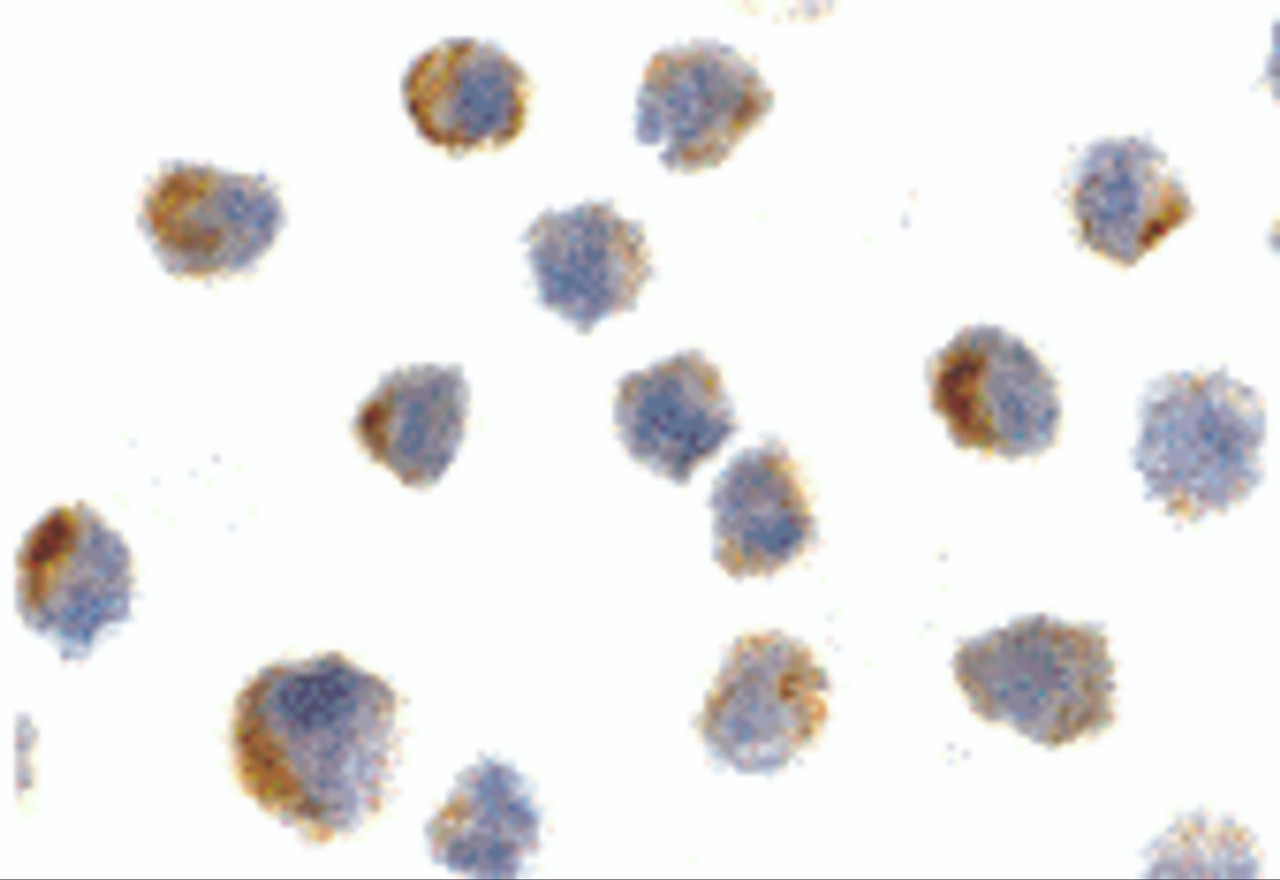



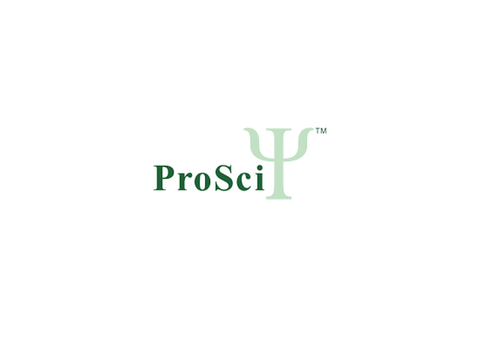
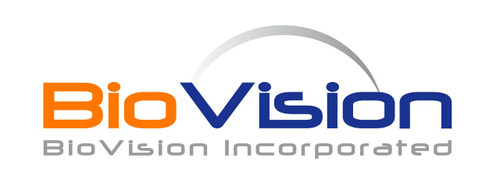


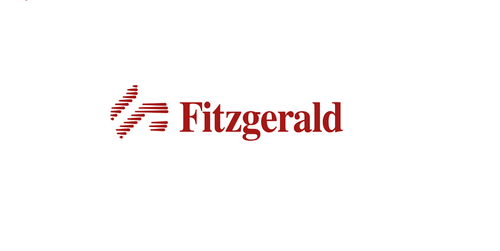
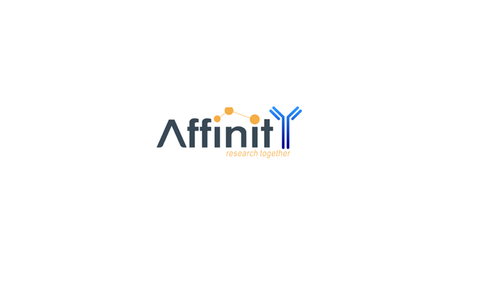
![NGFR Antibody [AMM22108G] NGFR Antibody [AMM22108G]](https://cdn11.bigcommerce.com/s-452hpg8iuh/images/stencil/500x659/products/870469/1162536/logo__92149.1659788186__17550.1659866620.png?c=2)


